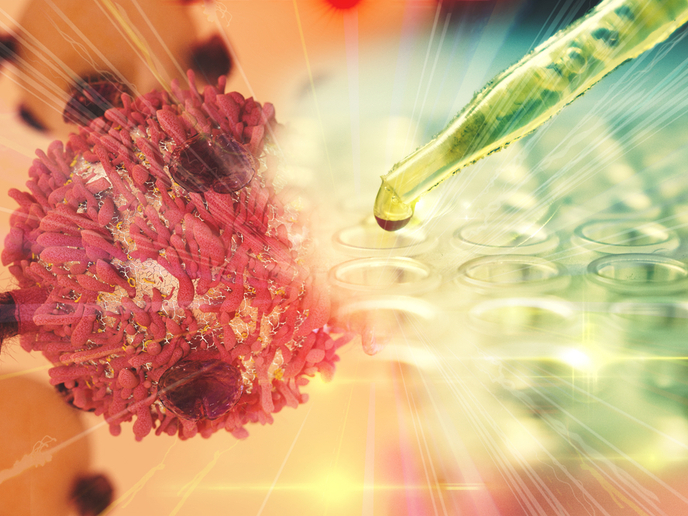Axon regeneration key to spinal cord recovery
To investigate this issue, researchers with the AXON RE-EXTENSION project. Studied the fruit fly, Drosophila. Axon pruning, also called degeneration, is the process in which neurons extend excessive branches and then discard inappropriate ones with precise temporal and spatial control. In some cases, neurons re-extend their axons to form the mature nervous system. Pruning occurs in both vertebrates and invertebrates. In Drosophila, scientists found a mutant that allowed neurons to undergo pruning but not axon regeneration. Interestingly, other neurons belonging to the mutant clone did not undergo pruning, but did extend their axons. This finding suggests that there is a molecular switch responsible for changing the neuron's growing status. A steroid hormone, HR51, also known as UNF, was identified as the possible switch. Following this discovery, the researchers established that Hr51/UNF is required for axon growth of particular structures in the Drosophila's brain called mushroom body (MB) gamma neurons following pruning but not for their initial axon outgrowth. To distinguish these two processes, the former was termed developmental axon regrowth. Furthermore, Hr51/UNF can inhibit the expression of the receptor responsible for pruning, suggesting that to activate axon regrowth, it may be necessary to inactivate the pruning function. Researchers then found another receptor,E75, that works with Hr51/UNF to spur developmental axon regeneration. These findings suggest that the combined action of Hr51/UNF and E75 represents a new developmental programme required for switching the growth of axons from degeneration to regeneration. Additional research has been funded to further understand the differences among initial growth, developmental regrowth, and regeneration following injury. This work is a breakthrough in our understanding of axon regeneration. In the future, it may mean that people with spinal injuries can walk again.







